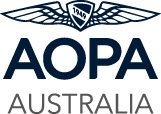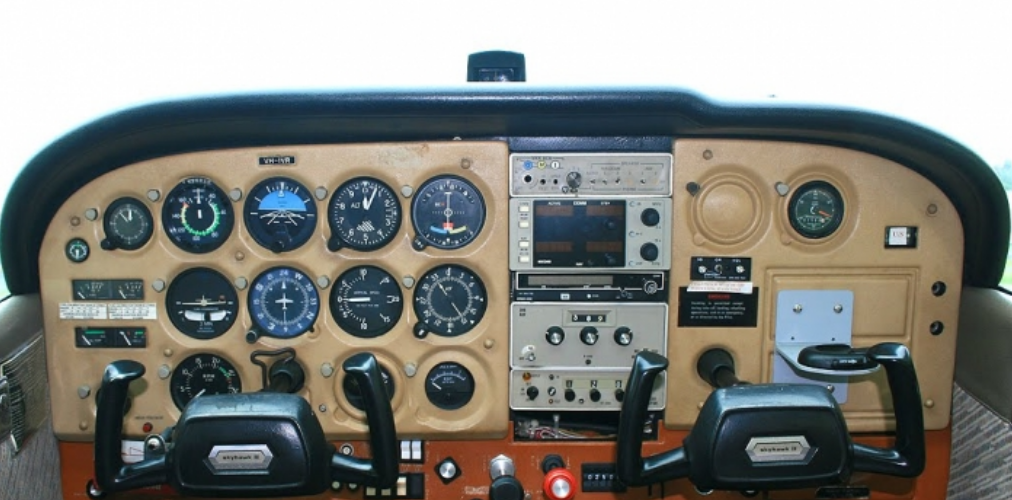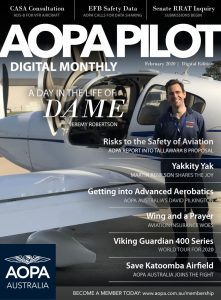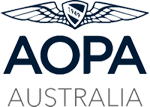CASA is proposing to amend the standards and requirements for Automatic Dependent Surveillance – Broadcast (ADS-B) technology used in aircraft operated under the visual flight rules (VFR).
The proposal would expand the existing standards to permit the use of lower cost ADS-B equipment that could, on a voluntary basis, be used in VFR aircraft – primarily to enhance situation awareness and therefore improve flight safety.
For Australian aircraft, ADS-B standards and requirements are specified in Civil Aviation Order (CAO) 20.18; and for foreign-registered aircraft engaged in private operations – instrument no. CASA 61/14.
Since 2017, all aircraft operating under the instrument flight rule (IFR) in Australia are required to carry ADS-B transmitting equipment (ADS-B OUT). This means many Australian aircraft in flight now transmit ADS-B position messages at regular intervals.
If the aircraft is also equipped with ADS-B receiving equipment (ADS-B IN), these position messages can be utilised to improve pilot situation awareness in any aircraft (VFR or IFR).
The CAO 20.18 IFR ADS-B OUT standards equally apply to VFR aircraft – both type certificated and non-type certificated. In other words, currently VFR aircraft can only use IFR-quality certified ADS-B OUT equipment in Australia. The CAO does not currently allow other types or forms of ADS-B OUT equipment, such as equipment that is technically capable, but not specifically authorised in accordance with a Technical Standard Order (TSO) (often referred to as ‘non-TSO’d equipment).
The uptake of ADS-B OUT equipped VFR aircraft is low, with cost understood to be a significant factor. The cost factor was identified by respondents to Discussion Paper (DP) 1701 AS – Voluntary fitment of ADS-B technology in VFR aircraft – published on the Consultation Hub 15 December 2017 – 23 February 2018.
This consultation aims to address the cost factor and thereby encourage voluntary fitment of ADS-B technology within the VFR community by specifying additional technical standards for ADS-B equipment. These standards would allow:
- for certain types of aircraft, ADS-B equipment that is technically compliant with, but not formally authorised, to the relevant standard (in this document – ‘non-TSO’ equipment)
- for VFR operations in non-controlled airspace, equipment of a standard suitable for situation awareness and not necessarily suitable for ATC surveillance and separation.
This will enable operators of VFR aircraft (and airspace users generally) to use ADS-B equipment currently available at lower cost than the current IFR standards allow.
Also underway is a separate CASA project to introduce Part 43 of Civil Aviation Safety Regulations 1998 (CASR). This Part will help reduce the complexity of maintenance for general aviation aircraft and in some cases reduce the installation costs for aircraft equipment like ADS-B.
These two measures would support an increased level of ADS-B OUT fitment in VFR aircraft, and thereby maximise the potential of ADS-B technology to enhance aviation safety, by enhancing situation awareness especially in regional areas and in non-controlled airspace.
Previous consultations
Discussion Paper 1701AS
CASA published a discussion paper (DP) 1701AS — Voluntary fitment of ADS-B technology in VFR aircraft — on the CASA website from 15 December 2017 to 23 February 2018.
The DP explored potential options for increasing the voluntary fitment rate of ADS-B across Australia’s fleet of aircraft that operate under the VFR. These options included reducing the cost of installing equipment, allowing equipment that meets technical standards but without formal authorisation, allowing equipment meeting a lower cost Traffic Awareness Beacon System (TABS) technical standard, and developing Australian Technical Standards Orders for lower cost ADS-B equipment.
CASA received a total of 80 submissions from pilots, aircraft owners, flying associations, maintenance organisations, and an air traffic service provider. 61 respondents consented to have their comments published on the CASA website. Nearly half the respondents (48%) said the proposals were a positive incentive to install ADS-B equipment in their aircraft. Seventy-three percent said that 1090MHz ADS-B equipment (as opposed to other types of ADS-B equipment – e.g. Universal Access Transceiver (UAT)) would be the appropriate technology for fitment in VFR aircraft. Seventy-eight percent agreed that the proposal would be an appropriate cost saving measure.
Based on the positive feedback, CASA informed industry that it intended to proceed with formal rule making at the earliest opportunity.
CASR Part 91 – General Operating and Flight Rules – where it applies to aircraft transponders and surveillance equipment
In mid-2018, CASA consulted on the provisions allowing non-TSO’d, but functionally equivalent, transponder and surveillance equipment in light sport aircraft (LSA) and aircraft with an experimental certificate.
This aspect was part of the broad consultation on proposed Part 91 of CASR and the Part 91 Manual of Standards (MOS) for general operating and flight rules. Specifically, section 30.88 of the consulted MOS covered the transponder and surveillance equipment provisions for LSA and aircraft with an experimental certificate.
At the conclusion of consultation, CASA announced that it would make Part 91 of CASR and the MOS with certain changes but not affecting Section 30.88 of the MOS. The commencement date for the new Part is March 2021.
Documents for review
A copy of the Summary of Proposed Change and other documents related to this consultation are provided below in the ‘Related’ section. This includes a downloadable Word copy and PDF of this consultation for ease of distribution and feedback within your organisation. Please use the on-line consultation form for your response. The word document and PDF should not be used as an emailed submission.
The Summary of Proposed Policy CD 1905AS, comprises five parts:
- Summary of proposed change on CD 1905AS
- Annex A — Draft Civil Aviation Order 20.18 Amendment Instrument 2019 (No. 1)
- Annex B — Tabular comparison between the current Mode S transponder and ADS-B requirements and proposed changes within CAO 20.18 969.
- Annex C — Table describing usage scenarios for different ADS-B options
- Annex D — Table comparing technical and performance differences between the various ADS-B options
Why We Are Consulting
This consultation is seeking feedback on the proposed standards and requirements for ADS-B technology for aircraft operated under the VFR.
General comments and file upload option
There is a general comments box at the end of the consultation. You can add your comments on matters related to the regulatory amendment, which have not already been addressed in the consultation.
Comments on the proposal should be submitted through the online response form.
Note: CASA can no longer offer the option to upload files because of the potential risk of malware.
What happens next
Once the consultation has closed, we will register and review each submission received through the online response form. We will make all submissions publicly available on the Consultation Hub, unless you request that your submission remain confidential. We will also publish a Summary of Consultation which summarises the feedback received.
Additional information
Information about how we consult and how to make a confidential submission is available on the CASA website.






